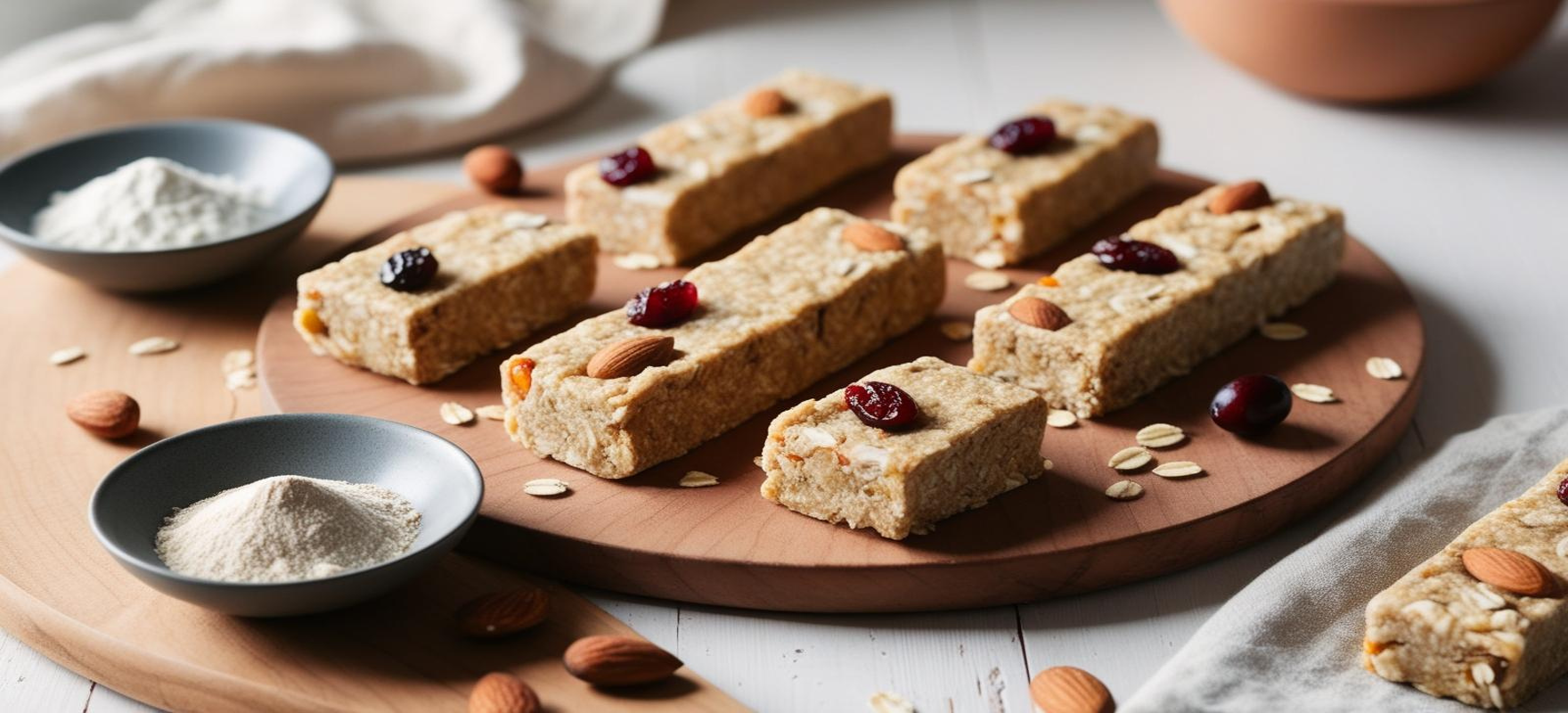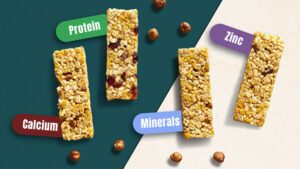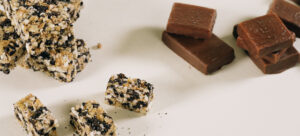Snack bars have gained popularity as a convenient health food, offering balanced nutrition that focuses on dietary fiber and functional ingredients. One recent advancement in snack bar formulation incorporates gembolo flour (Dioscorea bulbifera) and arrowroot starch (Maranta arundinacea L.), which offer significant health benefits. This editorial explores the sensorial and chemical characteristics of snack bars developed with these novel ingredients, highlighting their impact on texture, taste, and nutritional value.
The Functional Role of Gembolo Flour and Arrowroot Starch
Gembolo flour and arrowroot starch are highly nutritious tuber-based ingredients that are known for their rich dietary fiber content. Gembolo flour contains bioactive compounds such as dioscorin, diosgenin, and inulin, which provide antioxidant and antidiabetic properties. Additionally, arrowroot starch is valued for its low glycemic index and digestibility, making it an ideal ingredient for functional food formulations. Together, these properties make them suitable for developing high-fiber snack bars that cater to health-conscious consumers.
Sensory Characteristics of Gembolo and Arrowroot-Based Snack Bars
A study that evaluated different formulations of gembolo flour and arrowroot starch in snack bars found that the most preferred composition was 40% gembolo flour and 10% arrowroot starch. This formulation created a snack bar with a crunchy texture, mild bitterness, pleasant aroma, and slightly dark color. Sensory analysis showed that increasing gembolo flour content enhanced dietary fiber and resistant starch levels, though it also introduced a slightly more pronounced bitterness due to diosgenin, a naturally occurring saponin.
Chemical Composition and Nutritional Benefits
Chemical analysis of the snack bars revealed significant variations based on ingredient composition. As gembolo flour content increased, water content, ash, protein, reducing sugar, resistant starch, and dietary fiber levels also rose, while fat content decreased. The developed snack bars contained between 7.91% and 8.38% dietary fiber, making them a beneficial option for individuals seeking high-fiber, functional foods. Furthermore, the resistant starch content improved as gembolo flour inclusion increased, which further supports digestive health and provides sustained energy release.
Advancements in Snack Bar Manufacturing
The integration of gembolo flour and arrowroot starch into snack bars reflects a broader trend in the food industry: the use of locally sourced, nutrient-dense ingredients to enhance product functionality. Scientists and food engineers continue to explore novel ingredient combinations and refine processing techniques to optimize texture, nutritional content, and consumer acceptability. For example, innovations such as extrusion and compression-based processing improve consistency, shape, and the overall quality of these functional snack bars.
The Future of Functional Snack Bars
The development of snack bars incorporating gembolo flour and arrowroot starch marks a significant step toward healthier, fiber-rich functional foods. By harnessing the unique properties of these ingredients, manufacturers can create products that meet the growing demand for nutritious and sustainable snack options. As research into ingredient interactions and processing methods continues, it will further enhance the quality and marketability of these innovative snack bars, making them a staple in health-conscious diets worldwide.
Herawati, E.R.N., Miftakhussolikhah, M., Pusporini, A.R. and Murdiati, A. (2019). Sensorial and chemical characterization of snack bar with variation of gembolo flour (Dioscorea bulbifera) and arrowroot starch (Marantha arundinaceae L.). The Authors. Published by Rynnye Lyan Resources.





